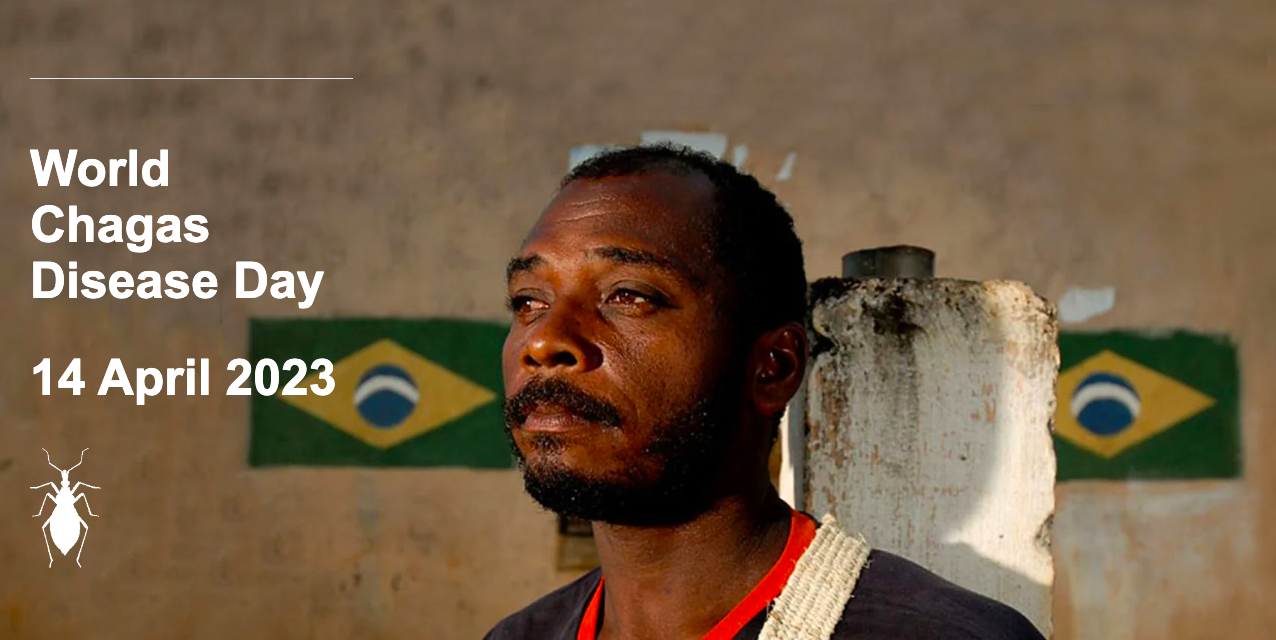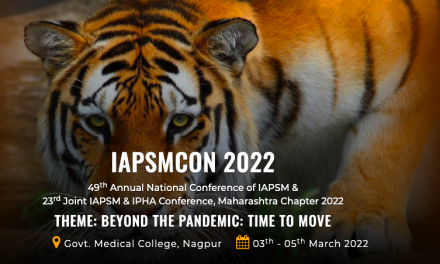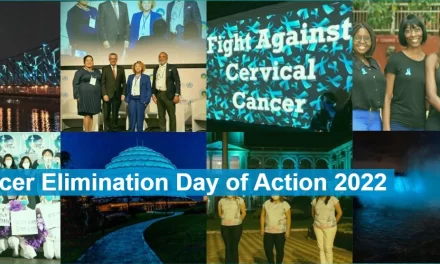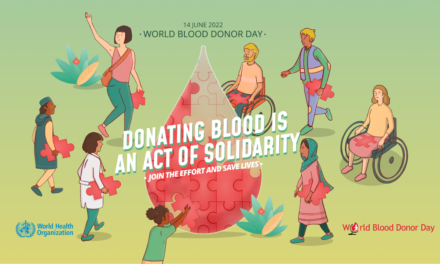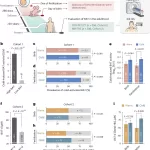In 2023 we are shining a spotlight on Chagas disease, the suffering it causes and are calling for equitable access to health care and services for everyone affected by the disease.
The theme for 2023 is Time to integrate Chagas disease into primary health care, so that universal care and surveillance start at the most decentralized level of the health system. In many countries, there are low detection rates (<10%, frequently <1%) and frequent barriers to access adequate healthcare.
Chagas disease is prevalent among poor populations of continental Latin America but is increasingly being detected in other countries and continents.
It is often termed as a “silent and silenced disease” as the infected majority have no symptoms or extremely mild symptom. There are approximately 6-7 million people infected with Chagas disease worldwide, with 12,000 deaths, every year.
Key facts
- About 6–7 million people worldwide, mostly in Latin America, are estimated to be infected with Trypanosoma cruzi, the parasite that causes Chagas disease.
- It is transmitted by the triatomine bug (vector-borne), as well as orally (food-borne), through blood/blood products, mother-to-child (congenital) transmission, organ transplantation and laboratory accidents.
- Trypanosoma cruzi infection is curable if treatment is initiated soon after infection. In chronic patients, antiparasitic treatment can potentially prevent or curb disease progression and prevent transmission, for instance, mother-to-child infection.
- Up to a third of chronically infected people develop cardiac alterations and one in ten develop digestive, neurological or mixed alterations which may require specific treatment.
- Key strategies to prevent Chagas disease include: vector control (in Latin America); screening of blood, blood products and organs prior transfusion and transplantation; and testing and treating girls, women of reproductive age, newborns and siblings of infected mothers without previous antiparasitic treatment.
Overview
Chagas disease, also known as American trypanosomiasis, is a potentially life-threatening illness caused by the protozoan parasite Trypanosoma cruzi. About 6–7 million people worldwide are estimated to be infected with T. cruzi. The disease is found mainly in endemic areas of 21 continental Latin American countries (1), where it has been mostly transmitted to humans and other mammals by contact with faeces or urine of triatomine bugs (vector-borne), known as kissing bugs, among many other popular names, depending on the geographical area.
Chagas disease is named after Carlos Ribeiro Justiniano Chagas, a Brazilian physician and researcher who discovered the disease in 1909.
Distribution
Chagas disease was once entirely confined to continental rural areas of the Region of the Americas (excluding the Caribbean islands). Due to increased population mobility over previous decades, most infected people now live in urban settings and the infection has been increasingly detected in the United States of America, Canada, and many European and some African, Eastern Mediterranean and Western Pacific countries.

Transmission
In Latin America, T. cruzi parasites are mainly transmitted by contact with faeces/urine of infected blood-sucking triatomine bugs. These bugs typically live in the wall or roof cracks of homes and peridomiciliary structures, such as chicken coops, pens and warehouses, in rural or suburban areas. Normally they hide during the day and become active at night when they feed on animal blood, including human blood. They usually bite an exposed area of skin such as the face (hence its common name, kissing bug), and the bug defecates or urinates close to the bite. The parasites enter the body when the person instinctively smears the bug’s faeces or urine into the bite, other skin breaks, the eyes or the mouth.
T. cruzi can also be transmitted by:
- consumption of food or beverages contaminated with T. cruzi through, for example, contact with faeces or urine of infected triatomine bugs or common opossums. This kind of transmission typically causes outbreaks with more severe case and mortality;
- passage from an infected mother to her newborn during pregnancy or childbirth;
- blood or blood product transfusion from infected donors;
- some organ transplants using organs from infected donors; and
- laboratory accidents.
Signs and symptoms
Chagas disease presents in 2 phases. The initial acute phase lasts for about 2 months after infection. During the acute phase, a high number of parasites circulate in the blood, but in most cases symptoms are absent or mild and unspecific. In less than 50% of people bitten by a triatomine bug, characteristic first visible signs can be a skin lesion or a purplish swelling of the lids of one eye. Additionally, they can present fever, headache, enlarged lymph glands, pallor, muscle pain, difficulty in breathing, swelling, and abdominal or chest pain.
During the chronic phase, the parasites are hidden mainly in the heart and digestive muscles. One to 3 decades later, up to a third of patients suffer from cardiac disorders and up to 1 in 10 suffer from digestive (typically enlargement of the oesophagus or colon), neurological or mixed alterations. In later years the infection in those patients can cause the destruction of the nervous system and heart muscle, consequent cardiac arrhythmias or progressive heart failure and sudden death.
Treatment
To kill the parasite, Chagas disease can be treated with benznidazole or nifurtimox. Both medicines are fully effective in curing the disease if given soon after infection at the onset of the acute phase, including the cases of congenital transmission. The efficacy of both diminishes, however, the longer a person has been infected and the adverse reactions are more frequent at older age. Treatment is also indicated for those in whom infection has been reactivated (for example, due to immunosuppression), and for patients during the early chronic phase, including girls and women of childbearing age (before or after pregnancy) to prevent congenital transmission.
Infected adults, especially those with no symptoms, should be offered treatment because antiparasitic treatment can also prevent or curb disease progression. In other cases, the potential benefits of medication in preventing or delaying the development of Chagas disease should be weighed against the duration of treatment (up to 2 months) and possible adverse reactions (occurring in up to 40% of treated adult patients). Benznidazole and nifurtimox should not be taken by pregnant women or by people with kidney or liver failure. Nifurtimox is also contraindicated for people with a background of neurological or psychiatric disorders. Additionally, specific treatment for cardiac, or digestive or neurological manifestations, may be required.
Control and prevention
The large reservoir of T. cruzi parasites in wild animals of the Americas means that the infection cannot be eradicated. Instead, the control targets are elimination of the transmission to humans and early health-care access of the infected people.
There is no vaccine to prevent Chagas disease. T. cruzi can infect many species of triatomine bugs, the majority of which are found in the Americas. Vector control has been the most effective method of prevention in Latin America. Blood screening is necessary to prevent infection through transfusion and organ transplantation and to increase detection and care of the affected population all over the world.
Depending on the geographical area, WHO recommends the following approaches to prevention and control:
- spraying of dwellings and surrounding areas with residual insecticides;
- house improvements and house cleanliness to prevent vector infestation;
- personal preventive measures such as bednets, good hygiene practices in food preparation, transportation, storage and consumption;
- development of contextualized information, education and communication activities for different actors and scenarios about preventative measures and surveillance tools (one health approach);
- screening of blood donors;
- testing of organ, tissue or cell donors and receivers;
- access to diagnosis and treatment of people with medical indication or recommendation to do antiparasitic treatment, especially children and women of child-bearing age before pregnancy; and
- screening of newborns and other children of infected mothers without previous antiparasitic treatment to do early diagnosis and provide treatment.
The medical care cost of patients with chronic cardiac, digestive, neurologic or mixed forms of the disease has been calculated to be >80% higher than the cost of spraying residual insecticide to control vectors and prevent infection.
First level of care (Primary health care), with its different health professionals, and in interaction of other health levels, has a key role in increasing current detection, treatment, follow up and notification.
Assessment of the available diagnostics (including rapid serologic or chemiluminescence tests, molecular biology tests) and most cost-effective algorithms, per territory, is fundamental to increase case detection.
Promotion of biomedical, psychosocial and environmental studies of the determinants and risk factors of Chagas disease is basic to propose more effective multidimensional approaches to prevent and control de disease.
National information systems to monitor the number of acute and chronic cases and the active transmission routes are essential. So far, 6 out of the 44 countries with disease cases have implemented it.

